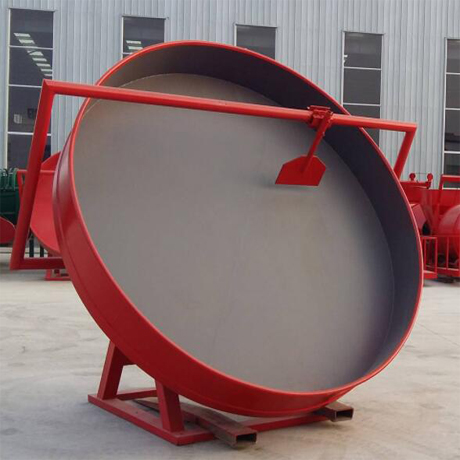
Disc Granulator
Disc granulator is one of the main equipment for granulation of compound fertilizer, organic fertilizer and blended fertilizer. The disc angle of the disc granulator adopts an overall arc structure, and the granulation rate can reach more than 93%. It is convenient for intermittent production operations, reduces labor intensity
Disc granulator is one of the main equipment for granulation of compound fertilizer, organic fertilizer and blended fertilizer. The disc angle of the disc granulator adopts an overall arc structure, and the granulation rate can reach more than 93%. It is convenient for intermittent production operations, reduces labor intensity, and improves labor efficiency. The reducer and motor of the disc granulator are driven by a flexible belt, which can start smoothly, reduce the impact force and increase the service life of the disc granulator. The bottom of the disc granulator is reinforced with multiple radiant steel plates. The thickened, heavier and firm base design of the disc granulator can be used normally without anchor bolts.
The main working principle of the disc granulator: The material rolls in the 35-55° inclined rotating disc. The inclined disc creates a drop in the powder. Due to the drop, the chances of collision and friction between particles increase. Under the action of this kind of force, it moves along a certain track to form a rolling vortex. After adding a certain amount of water, the particles in the disc change from small to large, and the crystal nucleus gradually increases. After a certain period of time, round particles are formed until the requirements of the finished product are reached. The force will roll out automatically from the edge of the disc.
The raw powder is evenly moistened by the atomized water in the mixer to form a ball core with a very uniform particle size, and then sent to the ball-forming plate for ball-forming. The water content of the pellets should be controlled at 12-14%. Most of the water should be added in the mixer, and only a small amount of supplemental water should be added to the ball-forming plate, and the supplemental water amount should be controlled at about 0-3%.







